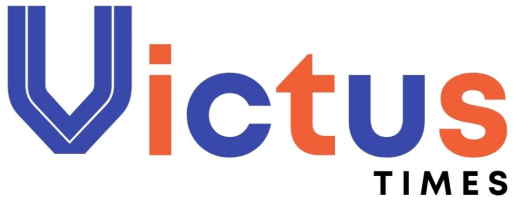In today’s digital age, the home office has become an essential space for many professionals. It serves as a nexus between personal life and work responsibilities, requiring a balance of comfort, functionality, and productivity. Finding the right balance in the design of a home office can have a significant impact on an individual’s performance, motivation, and overall well-being.
Choosing furniture and decor to create the best home office environment
The design and layout of a home office play a key role in determining productivity levels and overall job satisfaction. With the increasing trend towards remote working, creating an environment that encourages concentration and minimizes distraction is paramount.
In particular, the choice of furniture has a significant impact, not only aesthetically, but also on the physical well-being of those who use the space. Prioritizing ergonomics when choosing furniture can help to improve posture, reduce strain, and maintain energy levels throughout the working day.
Some of the most important ergonomic furniture to consider are adjustable chairs, which provide lumbar support and promote proper sitting posture.
A standing desk can accommodate both sitting and standing positions, reducing the risk of sedentary-related disorders. Monitor stands or arms can be used to position screens at eye level to reduce neck strain.
Keyboard trays and ergonomic mouse pads can also help keep the wrists in a neutral position. In addition, task lighting with adjustable brightness can reduce eye strain and improve concentration.
Finally, ample storage, such as filing cabinets and shelving, can reduce clutter and create an organized workspace.
The right technology is key to home office efficiency
At a time when remote working is becoming increasingly commonplace, the technological backbone that supports a home office is of paramount importance. It’s not just about having a computer and an Internet connection.
It’s about having the proper tools, software, and hardware to meet the demands of the job and optimize the home working environment.
The effectiveness of a home office is often directly linked to the technology used within it, affecting both the quality and quantity of work produced.
Hardware, such as ergonomic keyboards, high-resolution monitors, and noise-cancelling headphones, plays a crucial role in creating a distraction-free and comfortable workspace.
In addition, the software ecosystem, which includes collaboration tools, communication platforms, and task management applications, streamlines workflow and improves team cohesion.
It’s also important to consider cybersecurity solutions that protect sensitive data and ensure uninterrupted operations.
Establishing regular breaks and routines to be more productive when working from home
Without the natural breaks of a traditional office environment, such as coffee breaks with colleagues or short walks to meetings, individuals may find themselves sitting for long periods, which can lead to mental fatigue and physical discomfort.
It is therefore vital to incorporate deliberate breaks into the working day. For example, the Pomodoro Technique, which involves focusing on a task for 25 minutes followed by a 5-minute break, can help rejuvenate the mind and maintain a consistent level of focus throughout the day.
Beyond structured work sessions, the nature of the break is also important. Physical activity, even if it’s just stretching or a short walk around the house, can be highly beneficial for circulation and reducing the risk of sedentary health problems.
Alternatively, breaks can be filled with calming activities such as meditation or deep breathing exercises to help center yourself amidst the demands of work tasks.
Another example is to engage in quick and engaging cognitive tasks, such as puzzles or reading an interesting article unrelated to work.





